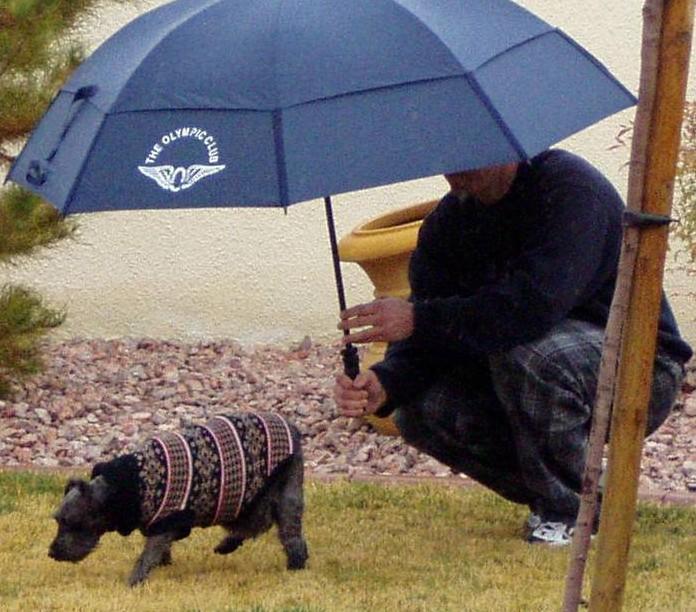
1 minute read
IPT Observational Awareness
Hair, Fur, Feathers, Scales: Shiny, dull bald areas, brittle, dull color etc. This is the first area to show signs of stress.
Eye Distance: Determines visual safety that can manifest into flight or relaxation.
Advertisement
Nostril Size: Breathing tolerance for running, endurance, and heat/cold tolerance.
Mouth Length: Equipment tolerance, tactile information.
Head Size: Balance for neck, back, full body comfort.
Ear Position: Attention and hearing ability can cause flighty or relaxed behavior.
Legs: Standing and weight shift patterns.
Leg Joints: Bone length and angle for physical comfort or job tolerances.
Back: Swayed vs. muscular.
Look Of Love
Abdomen: Inline, hanging, rigid, bloated, relaxed.
Standing Weight Shift Consistency: four-legged compensation.
Hoof Size and Ground Position: balance and movement safety, full body comfort.
Birth Conformation: Joint angles and lengths, neck vs. head size, shoulder angle, eye distance.
Gait With Head Position: Head held high signals: possible back dis-ease. Head held low signals: possible neck dis-ease (or emotional dis-ease).





